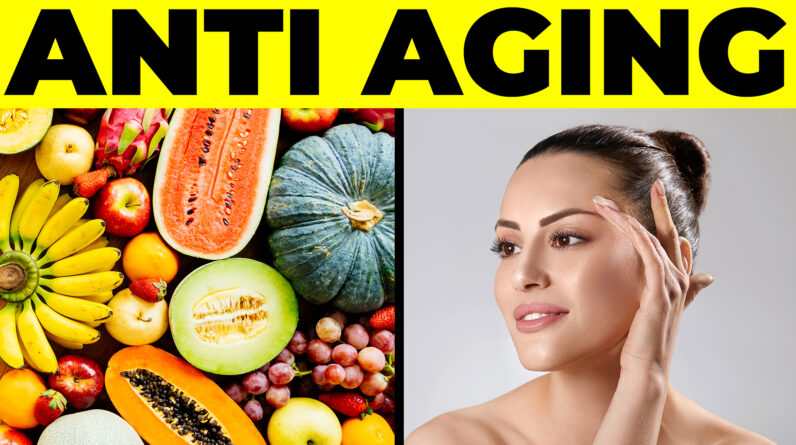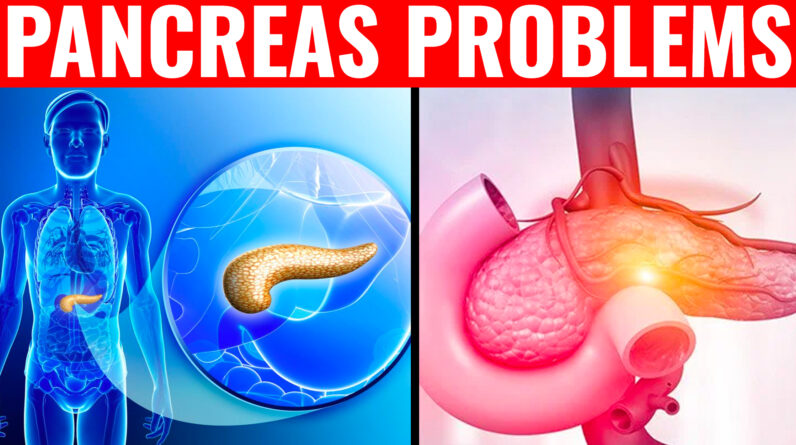
When it comes to foods that help you manage your blood sugar levels and keep your heart healthy, you can never go wrong with vegetables. And there are specific vegetables that are just what the doctor ordered. If you don’t know which vegetables these are, don’t worry, we’ve got you covered because, in this article, we’ll be taking you through the top 10 vegetables for diabetic patients.
Before we get on with our list, we’ve got a pretty simple exercise for you. All you need to do is to hit that like button, subscribe to our channel and click that bell icon so you never miss any of our amazing content. Now that you’ve done that, let’s get on with our countdown, shall we?
Number 1 – Mushrooms
Technically speaking, mushrooms are edible fungi, and depending on the type of mushroom you’re having, from puffballs to truffles, these vegetables can be sumptuous delicacies when prepared nicely.
There’s a lot of talk about mushrooms being the go-to veggies for almost all forms of health conditions. Well, that’s not true. In fact, there’s no such vegetable in existence. That said, mushrooms have immense health benefits especially for diabetic patients.
Mushrooms contain lots of fiber which is said to be very helpful in managing several health conditions including type-2 diabetes. According to a meta-analysis review conducted in 2018, it was reported that people who eat a lot of dietary fiber have a lower risk of developing type 2 diabetes.
Mushrooms also contain potassium and vitamin C, both of which can help to improve and maintain cardiovascular health.
Number 2 – Cucumber
For a long time, people in India have grown cucumber for both medicinal and food purposes. And yes, cucumber comes with a lot of health benefits thanks to its low fat, low cholesterol, low sodium and low-calorie content. Cucumbers have a mild, refreshing taste and contain lots of water, making it a perfect vegetable in hot climates as it helps to hydrate the body.
Cucumbers contain some nutrients that could help to reduce blood sugar levels or at least, prevent blood glucose levels from rising too high. It has been suggested that the cucurbitacins present in cucumber could help to regulate the release of insulin in the body and also helps in the metabolism of hepatic glycogen which is a key hormone in the processing of blood sugar.
Thanks to the low glycemic index of cucumber, this super-healthy veggie provides essential nutrients to the body without supplying carbohydrates that could increase the amount of glucose in the bloodstream.
Number 3 – Green Beans
Green beans are a rich source of vitamins A, C, and K as well as folic acid and fiber, all of which are essential nutrients for the body.
Studies have suggested that including plant foods like green beans could significantly reduce the risk of diabetes and heart disease. The high fiber content in green beans means that it is a healthy vegetable that leaves you feeling full without pumping your body with high levels of glucose that could increase blood sugar levels.
Number 4 – Lettuce
Lettuce is more than just a tasty leaf to be included in your vegetable salad. It is a highly nutritious vegetable with lots of important vitamins, minerals, and fiber. Thanks to its high potassium content, lettuce significantly helps to maintain cardiovascular health.
Also, the presence of antioxidants, vitamins A and C could help to prevent the build-up of cholesterol within the blood vessels especially in the arteries, which could cause serious health complications.
Furthermore, the folate content in lettuce makes it beneficial in preventing serious heart complications. This can be achieved by the breakdown of chemical homocysteine within the body so that it can be easily removed. The presence of high levels of homocysteine in the bloodstream could damage the lining of the arteries or promote blood clotting and increase the risk of blood vessel blockage.
Finally, the fiber content in lettuce also helps to manage cholesterol levels in the bloodstream.
Number 5 – Spinach
Loaded with tons of nutrients all embedded in a low-calorie package, spinach is a superfood that you should definitely include in your daily diet.
Thanks to its high potassium content, spinach helps to regulate blood pressure, and as such, it is a highly recommended vegetable for diabetic patients.
The presence of potassium in spinach also implies that the vegetable could be of help in reducing the effects of sodium in the body. High sodium levels in the body could increase the risk of high blood pressure.
Spinach also contains a special antioxidant known as alpha-lipoic acid which has been shown to contribute to the reduction of glucose levels while increasing insulin sensitivity and preventing oxidative, stress-inducing changes in diabetic patients.
Number 6 – Tomatoes
We all love tomatoes and that’s a good thing because those vegetables are super nutritious and highly beneficial to diabetic patients.
In the United States, tomatoes are the fourth most popular fresh-market vegetables, and for good reason. Tomatoes contain a high amount of potassium. And like you might have already noticed, potassium helps to neutralise the effects of sodium in the body by helping to widen the arteries and reduce the risk of developing high blood pressure.
Also, tomatoes are rich in fiber, vitamin C and choline content. Together with potassium, all these nutrients promote a healthy cardiovascular system.
Remember folate? Tomatoes also contain this nutrient which helps to balance homocysteine levels in the body which is a by-product of protein breakdown. By regulating the levels of homocysteine in the body, it reduces the risk of heart attacks, strokes, and heart disease.
Number 7 – Zucchini
Zucchini offers a range of health benefits, especially for diabetic patients. For starters, zucchini has very little carbohydrate content which makes it a suitable food for people who have diabetes.
Carbohydrates are converted to glucose in the body, and an increase in the presence of glucose in the body will translate to an increase in blood sugar levels. This is why, diabetic patients should avoid foods with high carbohydrate content, as much as possible.
Studies have shown that prioritising meals that are low in carbohydrates not only reduce blood sugar levels, but could also reduce the need for medication for people with type 2 diabetes.
The presence of fiber in zucchini also helps to reduce blood sugar levels and could reduce the likelihood of a person developing type 2 diabetes. This high fiber content is also great for the health of your heart. Research has shown that foods that are rich in fiber content can help to reduce the chances of developing coronary heart disease.
Zucchini is also rich in potassium, a nutrient which, as we have described earlier, helps to manage high blood pressure, reducing the risks of heart attacks, heart failure, strokes, kidney failure, and peripheral artery disease.
You could slice zucchinis and add them raw to your salads, or you could add them to your stir fry dishes or even prepare them in several other ways to suit your taste.
Number 8 – Cabbage
Cabbage may be often mixed up with lettuce because of the similarities in appearance, but these veggies are quite different from lettuce. But just like lettuce, cabbage is stocked full with lots of beneficial nutrients.
For starters, this vegetable is highly beneficial to heart health. It contains powerful anthocyanins which help to prevent cancer, but also suppress inflammation that could lead to cardiovascular disease.
Cabbage is a flavonoid-rich food, and studies have confirmed that taking foods rich in flavonoids can help reduce the likelihood of deaths from cardiovascular diseases. Also, the presence of polyphenol in cabbage can also help to reduce the risk of cardiovascular diseases. This is because polyphenol prevents platelet buildup which, in turn, reduces blood pressure.
Number 9 – Carrots
For many people, carrots are the ultimate healthy food, and you can understand why, not only does this vegetable help diabetic patients, it is also an excellent food for eye health. Carrots are a great source of vitamin A which is vital for healthy eyes.
When it comes to diabetic control, carrot is first a great option for diabetic patients because of its sweet flavors and the natural sugars that it contains. The reason this is great for people with diabetes is that despite its sweet taste, carrots only contain 10 percent carbohydrates. 30 percent of its carbohydrate content is fiber. In fact, a medium-sized carrot supplies only 25 calories.
This makes carrot a low-calorie, high-fiber food. And despite its sweetness, thanks to its low glycemic index, it is unlikely to raise blood sugar levels. Carrots also contain potassium and fiber, two nutrients that are pivotal in managing blood pressure levels.
Number 10 – Broccoli
Broccoli is not just low in calories, but it is highly nutritional and helps to reduce the risk of diabetes. One study suggests that eating broccoli could help regulate the blood sugar levels in diabetic patients thanks to its sulforaphane and high fiber content.
In addition to this, broccoli also contains potassium and antioxidants that could help to prevent cardiovascular disease.







